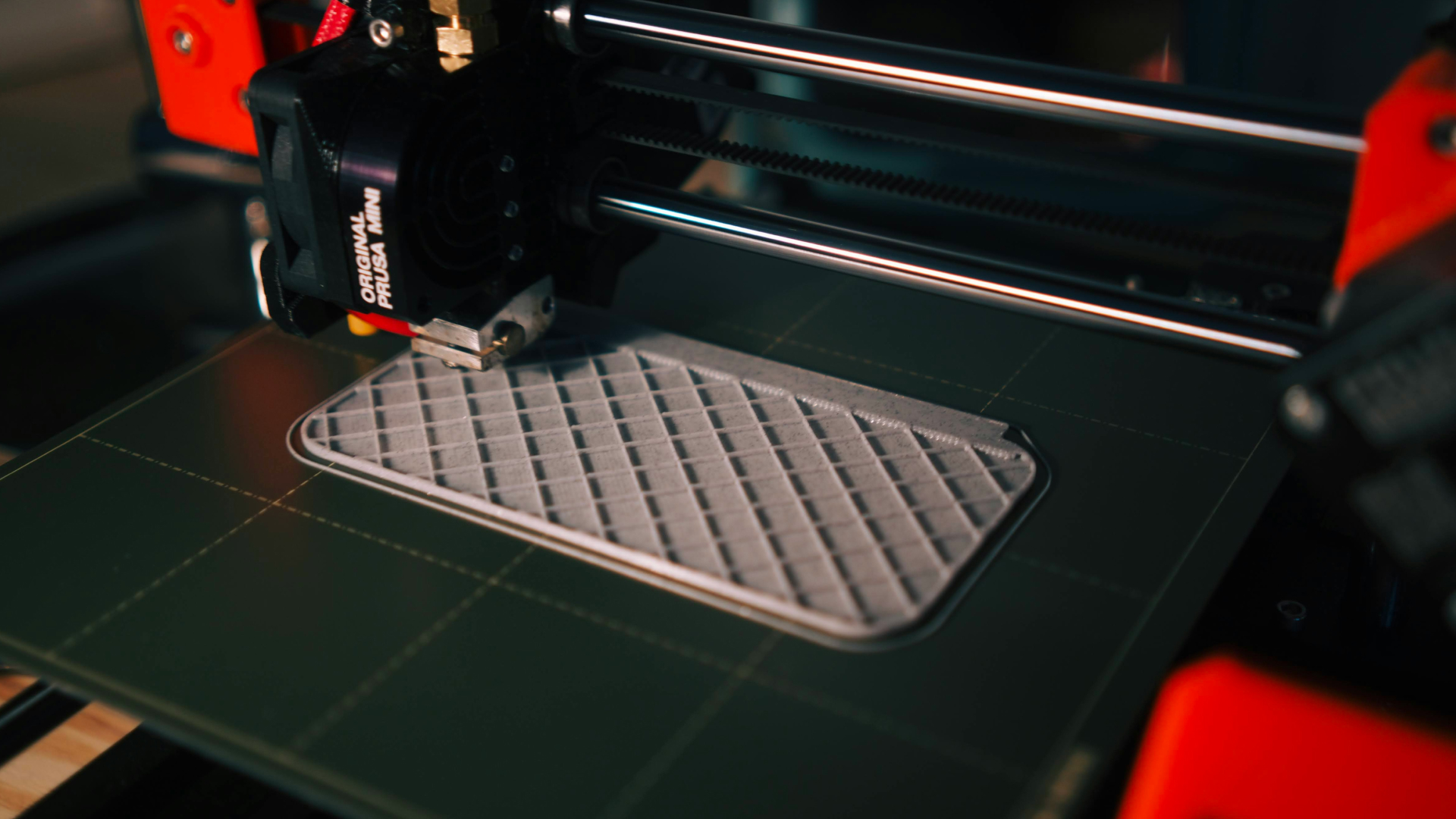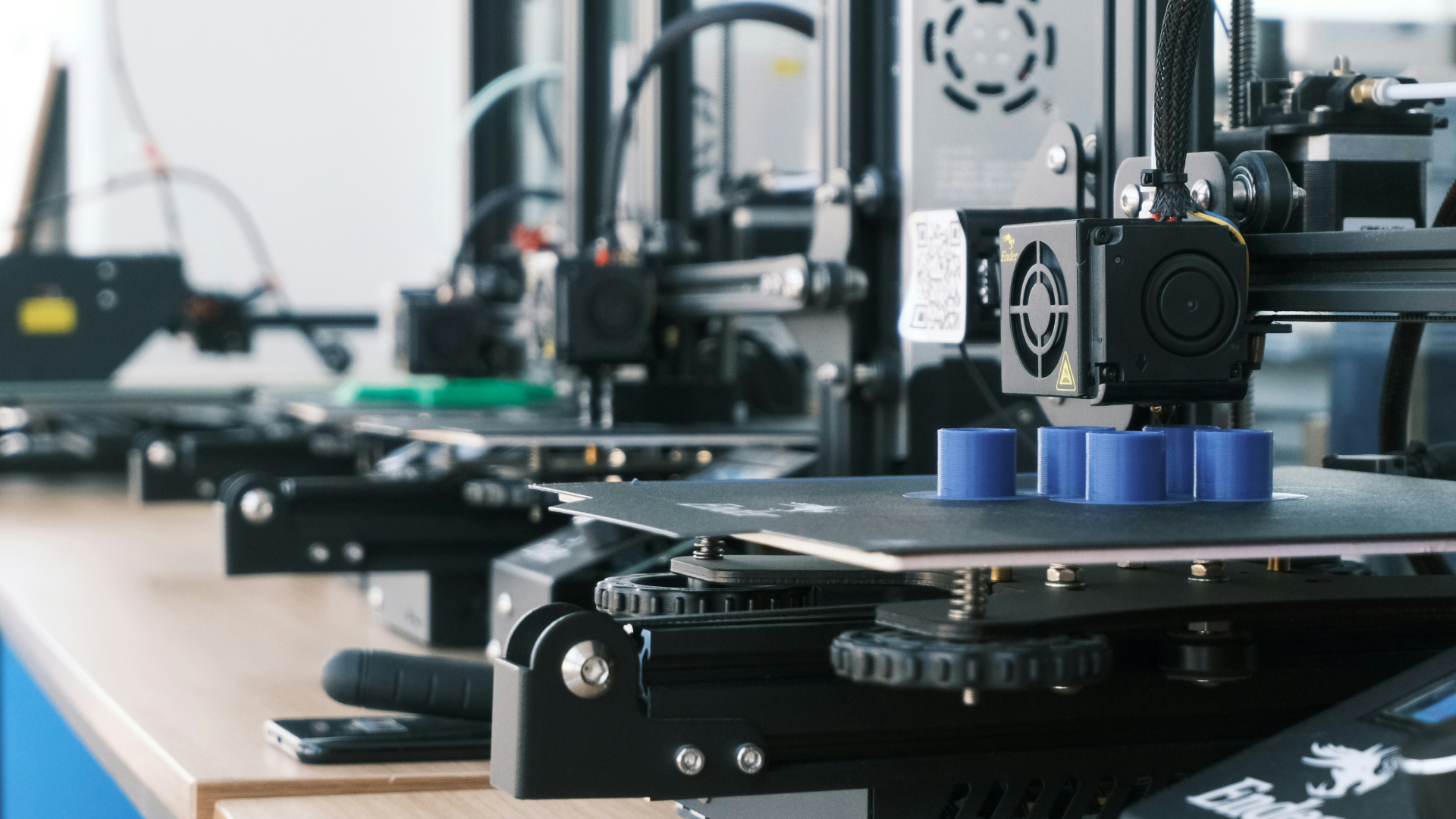Introduction.
In the fast-evolving landscape of graphic design, where digital realms often take center stage, the world of print is experiencing a renaissance. In recent years next-generation printing technologies have emerged transforming the way graphic design is created and presented on paper. This blog post delves into the transformative impact of next-gen printing technologies, exploring the advancements that are reshaping traditional graphic design and pushing the boundaries of creativity.
Delve deeper into it, Explore our blog at Future Design: Technologies and Trends for a wealth of knowledge and inspiration
The Evolution of Printing Technologies.
- 3D Printing: The advent of 3D printing has ushered in a new era for graphic designers. No longer confined to two dimensions, designers can now create tangible, three-dimensional objects. From intricate prototypes to customizable products, 3D printing offers unparalleled opportunities for designers to translate their visions into physical reality.
- Augmented Reality (AR) Printing: Augmented reality has seamlessly merged with traditional printing, giving rise to interactive and dynamic print materials. AR-enabled prints allow designers to embed digital content within physical designs. This fusion of the virtual and physical worlds enhances user engagement and provides an immersive experience for those interacting with printed materials.
- Variable Data Printing (VDP): Variable Data Printing introduces a level of personalization and customization that was once unimaginable. Graphic designers can now create prints with dynamic content, tailoring messages and visuals based on individual preferences. This technology is a game-changer for targeted marketing campaigns and personalized design projects.
- Nanography: Nanography, a cutting-edge printing technology, leverages nanometer-sized colorant particles to achieve unparalleled print quality. This technology excels in producing vibrant and detailed prints, catering to the discerning eyes of graphic designers who demand precision and clarity in their creations.
- Printed Electronics: The convergence of graphic design and technology is evident in the realm of printed electronics. Designers can now incorporate functional electronic components into their prints, giving rise to interactive packaging, smart labels, and even wearable technology seamlessly integrated into printed materials.

Digital Printing and its Evolution.
One of the key elements in the transformation of graphic design on paper is the development of digital printing technology. Traditional printing methods such as offset printing have limitations in terms of flexibility cost and time. Digital printing on the other hand offers a more efficient and versatile approach.
Digital printing enables designers to bring their creations to life with vibrant colors intricate details and precise reproduction. It is perfect for projects that have a tight deadline because it can be completed quickly. Additionally the ability to print on-demand reduces waste and enables designers to customize their designs for individual clients or target audiences.

Advanced Color Management.
Another significant aspect of next-gen printing technologies is the advancement in color management. Accurate color reproduction is vital for graphic designers as it ensures that their designs are accurately represented on paper. With the introduction of color profiling and calibration tools designers can now have more control over the color output resulting in consistent and high-quality prints.
Moreover, the development of extended color gamut (ECG) printing has expanded the range of printable colors beyond the traditional CMYK model. ECG printing utilizes additional inks such as orange green and violet to achieve a broader spectrum of colors. This enhancement allows graphic designers to reproduce more vibrant and lifelike designs further pushing the boundaries of creative expression.

3D Printing in Graphic Design.
The emergence of 3D printing technology has also made a significant impact on the field of graphic design. While traditionally limited to two-dimensional prints designers can now explore the realm of three-dimensional objects. 3D printing enables the creation of physical prototypes mock-ups and even fully functional products revolutionizing the design process.
Designers can now visualize their concepts in a tangible form allowing for better communication and collaboration with clients and stakeholders. This technology opens up new possibilities for innovative packaging design product development and artistic creations. However, the adoption of 3D printing in graphic design is still in its early stages and challenges such as cost material limitations and technical expertise need to be addressed for wider implementation.

The Impact on Graphic Design.
- Unlimited Creativity: Next-gen printing technologies liberate graphic designers from the constraints of traditional printing methods. The ability to experiment with 3D shapes, interactive elements, and personalized content opens up a realm of unlimited creativity, allowing designers to push the boundaries of what is possible on paper.
- Enhanced User Engagement: Augmented reality printing and variable data printing contribute to enhanced user engagement. Designs that come to life through AR or feature personalized content capture the attention of the audience, creating memorable and interactive experiences. This heightened engagement is a valuable asset for marketing and brand communication.
- Efficiency and Precision: Nanography brings efficiency and precision to the forefront of graphic design. The microscopic colorant particles result in prints with exceptional detail and accuracy, catering to the meticulous standards of designers who prioritize the visual impact of their creations.
- Versatility in Applications: The versatility offered by next-gen printing technologies extends the applications of graphic design. From creating functional printed electronics to crafting customized 3D-printed prototypes, designers can now explore diverse avenues, expanding their influence beyond traditional print materials.
- Sustainable Printing: Many next-gen printing technologies emphasize sustainability. With eco-friendly materials and energy-efficient processes, designers can align their creations with environmentally conscious practices, contributing to a more sustainable and responsible graphic design industry.

Future Developments and Implications.
As technology continues to advance the future of printing technologies in graphic design looks promising. Emerging trends such as conductive ink printing and flexible displays offer new avenues for interactive and dynamic designs. These developments have the potential to transform traditional printed media into interactive and engaging experiences.
Conclusion.
Next-gen printing technologies have revolutionized the field of graphic design providing designers with new tools and possibilities. Digital printing has improved efficiency and flexibility while advanced color management ensures accurate representation of designs. The introduction of 3D printing has expanded the horizons of graphic design enabling the creation of three-dimensional objects. As the industry continues to evolve designers need to stay updated with the latest printing technologies and embrace their potential.




